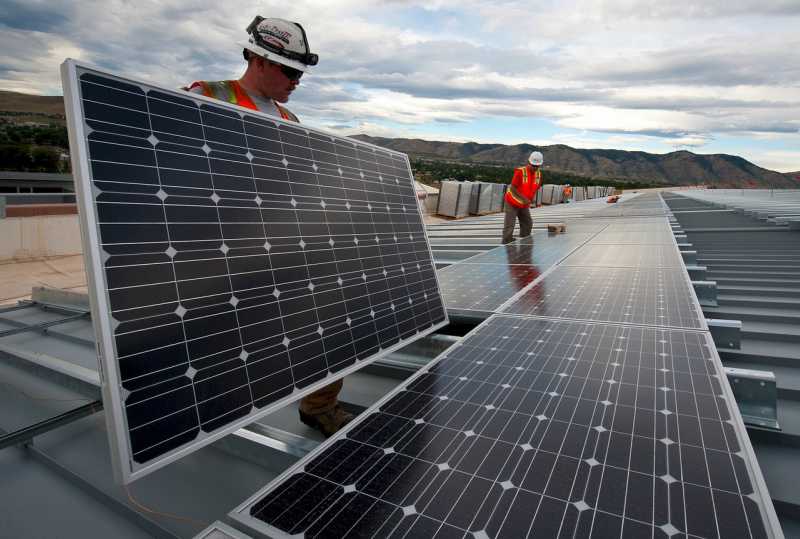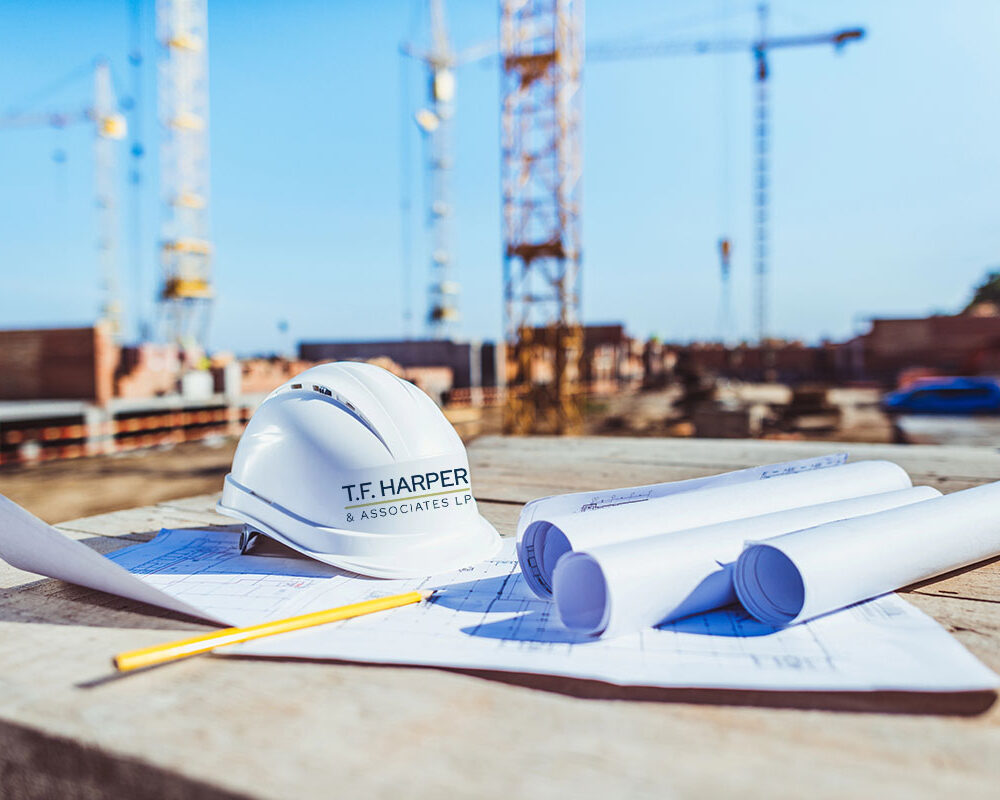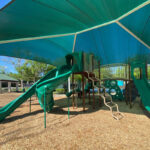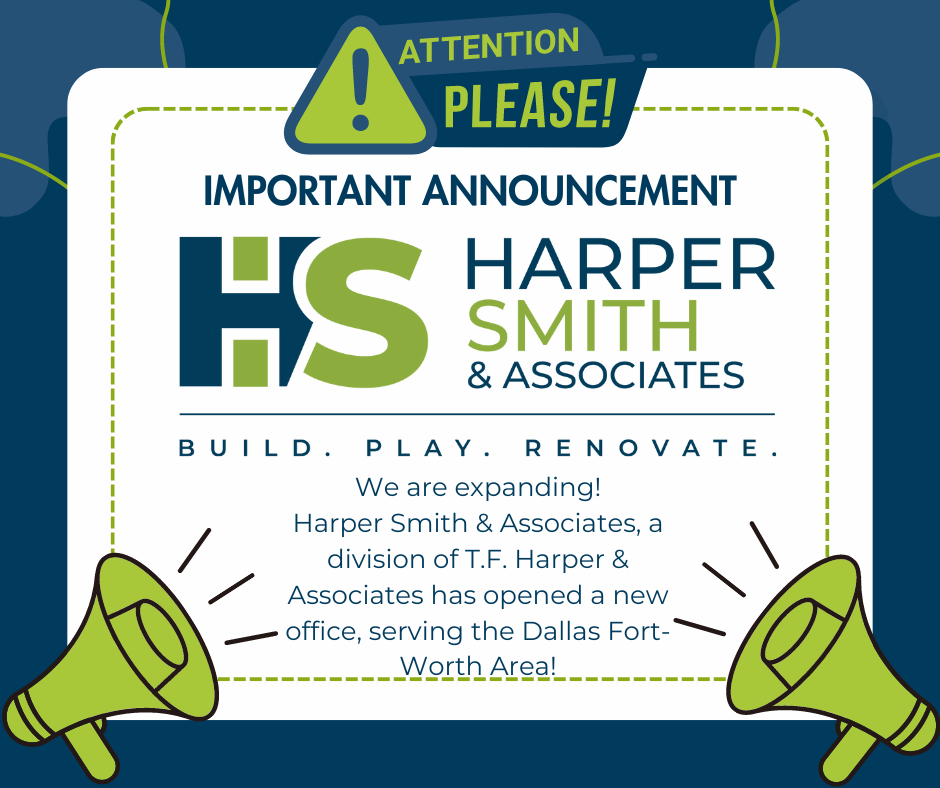What is LEED Certification?
LEED stands for Leadership in Energy and Environmental Design, and is a program started by the United States Green Building Council in order to promote environmental sustainability. LEED certified buildings are required to meet standards set by the Green Building Certification Institute in categories of energy use, environmental sustainability, air quality, reduced use for water and resources, and sustainable building materials. LEED certified buildings tend to have lower maintenance costs due to the energy efficient building materials and processes. They also often prove to be a smart investment by allowing for tax incentives and rebates, not to mention their low environmental footprint and healthier interior.
How Buildings Become LEED Certified
Before planning LEED building projects, visit the LEED credit library to understand the steps required to meet minimum program requirements. LEED offers varying levels of certification on a points system with the highest level being Platinum Certification. Basically the more environmentally friendly the building materials, construction process, and installed systems are, the higher the ranking.
Once aware of the requirements, LEED certification generally begins in the planning process. New construction can be registered and must at least meet LEED Minimum Program Requirements. There is a fee to register as well as documentation required. The Green Building Certification Institute reviews all applications to determine if the building is certifiable.
Installations to Consider
There are a number of ways to increase LEED ratings, but in general the more that materials or systems positively influence the environment, the higher the ratings. Energy-star windows and excellent insulation are very energy conservative and subsequently environmentally friendly, so they go a long way toward improving LEED ratings. Another significant way to improve ratings and energy usage is to install low-flow water systems. However, energy efficient lighting systems and HVAC systems tend to be the heavy hitters that impact LEED ratings the most.
Inspections
Third party organizations conduct inspections to determine to what degree a building complies with LEED certification guidelines. A major perk of pursuing LEED certification is that each step taken improves utility bills and the general health of the building’s inhabitants while simultaneously helping the environment.
Projects with Multiple Buildings
For projects involving multiple buildings there is an option to register a campus instead of individual buildings. Multiple buildings under the same construction contract qualify as a single LEED project with one rating and certification. This is an excellent consideration that can save time and paperwork in the application and review process.
Reasons to Become LEED Certified
While it is easy to focus on the bottom dollar when beginning a new construction process, there are definite short and long term benefits to pursuing LEED certification. Tax credits and lower utility bills aside, LEED certified buildings are an attractive option for residents and commercial occupants, and prove to be a worthy investment. Not to mention the positive and healthy impact on the environment both inside and outside the building. Any building project is an investment, and pursuing LEED certification can lead to lower monthly costs, better resale or rental value, and a show of investment in the community.
For more information about improving a construction project’s environmental footprint, contact T. F. Harper & Associates LP, located in Austin, TX.






